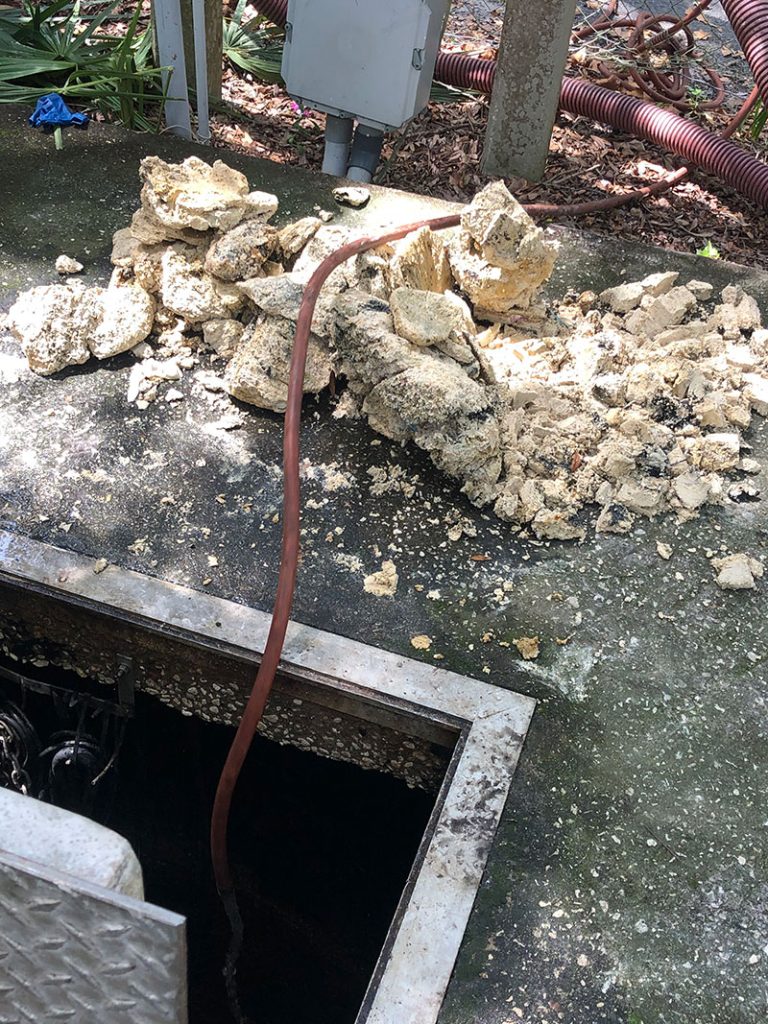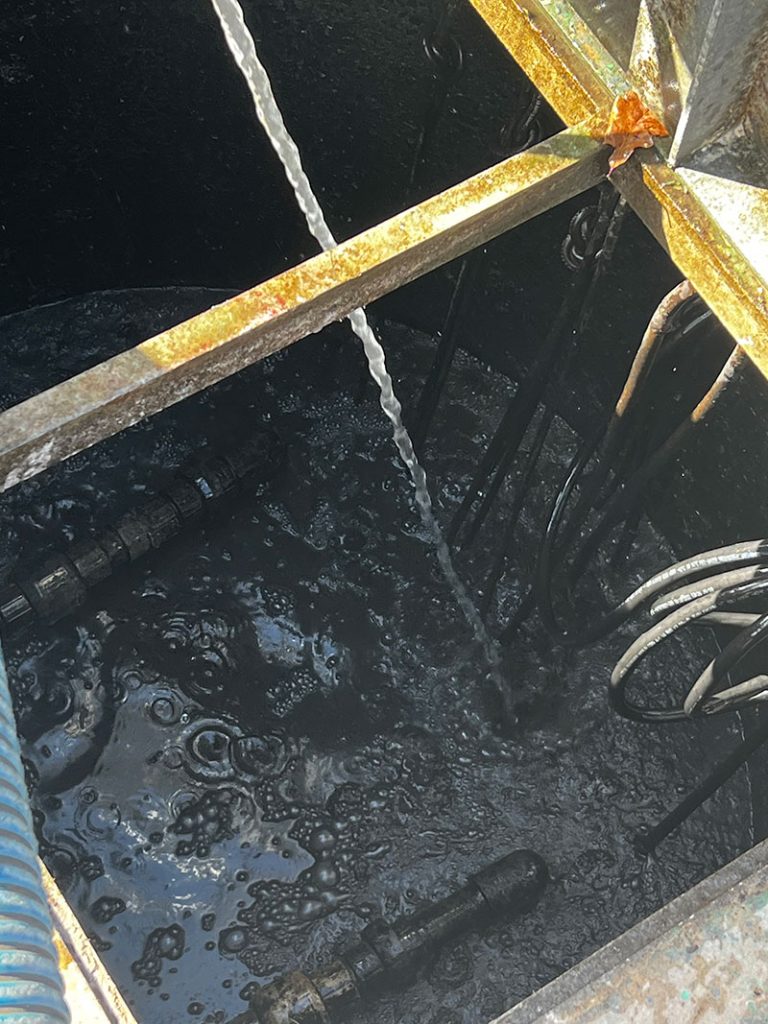Commercial Lift Station Cleaning
Commercial lift station cleaning is a crucial maintenance task for facilities that rely on lift stations to manage wastewater or sewage. Lift stations are underground or semi-underground structures that collect and pump wastewater or sewage from lower elevations to higher ones, enabling efficient sewage transport and preventing backups or overflows. To ensure the proper functioning of lift stations and prevent clogs or blockages, regular cleaning and maintenance are essential.
Here are the key steps involved in commercial lift station cleaning:
Inspection: The first step is to conduct a thorough inspection of the lift station to assess its condition and identify any potential issues. This may involve checking pumps, floats, electrical components, and the overall structure.
Safety Precautions: Safety is a top priority when working in and around lift stations. Ensure that all personnel involved in the cleaning process have the necessary safety training, equipment, and personal protective gear.
Pump Shutdown: Before cleaning the lift station, it is usually necessary to shut down the pumps to prevent accidents and ensure the safety of the cleaning crew.
Pump and Float Removal: Depending on the design of the lift station, pumps and floats may need to be removed to access and clean the sump area effectively.
Debris Removal: Lift stations can accumulate various debris, such as solid waste, grease, sand, and other materials. The cleaning crew should remove all debris from the sump, wet well, and pump chambers using appropriate tools and equipment.
High-Pressure Water Jetting: High-pressure water jetting is often used to remove stubborn grease and sediment buildup from the lift station walls and components. This process helps ensure that the lift station is clean and free from obstructions.
Inspection and Maintenance: During the cleaning process, the crew may identify any damaged or worn-out components that require repair or replacement. It’s essential to address these issues promptly to prevent future problems.
Pump and Float Reinstallation: After cleaning and maintenance tasks are complete, pumps and floats can be reinstalled, and the lift station can be put back into operation.
Record-keeping: It’s crucial to maintain detailed records of the cleaning and maintenance activities performed on the lift station. This information can help track maintenance schedules, identify recurring issues, and ensure compliance with regulations.
Preventive Maintenance: Regular preventive maintenance is essential to keep the lift station functioning optimally. This includes routine inspections, cleaning, and addressing minor issues before they become major problems.
Compliance with Regulations: Compliance with local, state, and federal regulations regarding lift station maintenance and wastewater handling is crucial. Failure to comply with these regulations can result in fines and legal issues.



Headline
Commercial lift station cleaning is performed by our trained professionals who have the equipment and expertise to ensure the lift station’s proper operation. Regular cleaning and maintenance help prevent costly breakdowns, minimize the risk of environmental contamination, and ensure the efficient transport of wastewater or sewage in commercial facilities.
